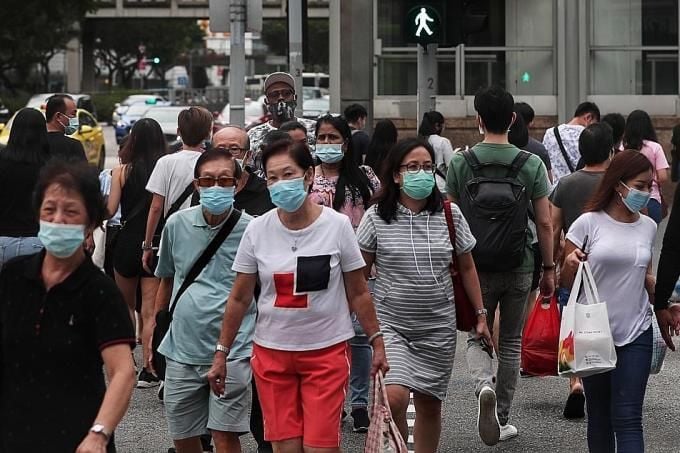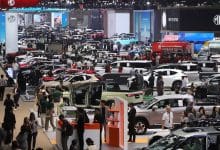Singapore’s population contracts along with its GDP

The little south east Asian island nation of Singapore, which has always punched way above its weight, with the fourth largest economy, but the biggest GDP per capita in the region, is getting smaller. Both its economy and population. The population of the Republic of Singapore is shrinking for the first time since 2003. Border closures and, mostly, job losses, are forcing 10s of 1000s of foreign workers back to their home countries.
Singapore’s overall population dropped by nearly 20,000 people, or 0.3% of the population at the endow 2019, to 5.69 million people.
There’s been a sharp drop in expats, down 2% to 1.64 million, and a smaller drop in permanent residents. At the same time, the Covid-19 pandemic has caused a number of citizens to return from overseas, swelling the numbers of locals slightly. The annual report of Singapore’s demographics notes that the transitions are nearly entirely due to the coronavirus outbreak. The report also says that there has already been an economic decline officially estimated between 5% – 7% for 2020.
“These trends were largely due to Covid-19 related challenges, brought about by weak demand and travel restrictions. The government has been raising barriers for foreign hiring to preserve jobs for locals.”
Singapore’s non-resident population has surged 200% over the last 2 decades, fuelling mega population growth in the city-state with one of the world’s lowest birth rates. If not for the influx of foreigners, Singapore would have been recording a net drop in population.
The rise of Singapore’s middle class, and the ‘trend’ to hire domestic help, has caused an influx of low-paid migrants to act as nannies, maids, cleaners, drivers and construction workers. Many of these have either voluntarily headed back to their countries, mostly the Philippines, or been sacked.
National University of Singapore sociologist Tan Ern Ser notes that the decline in non-resident population is mostly due to the departure of work permit holders, who take up jobs which Singaporeans avoid in the first place. He says the trend probably signals some sectors of the economy are not doing well.
“The issue of foreigners in our midst cannot be addressed simply by cutting down their numbers, without negative consequences for our economy.”
Meanwhile, Japan says it has made an agreement with SE Nations Singapore and Brunei to reopen their borders for newly arriving expats from next Wednesday and and other long-term residents from October 8.
Those eligible to travel will be allowed in on condition they self-quarantine for 14 days after arrival as a preventative measure against the spread of Covid-19.
Brunei and Singapore join 7 other ASEAN countries, including Vietnam and Thailand, with the new travel bubble with Japan. Japan still has a ban in place for the entry of travellers from 159 countries and regions. Japan’s foreign minister Toshimitsu Motegi says the government is seriously considering how to restart travel back to Japan, both for business and tourism.
“We see the resumption of new entries (of foreigners) to Japan as an extremely important issue.”
Japan already allows short-term business travellers from Singapore to enter the country without doing quarantine, on condition they take a test before they travel to Japan, then another when they arrive, can provide an itinerary of their stay and take preventative steps to actively socially distance during their visit.
SOURCE: trip.sg
Latest Thailand News
Follow The Thaiger on Google News:


























